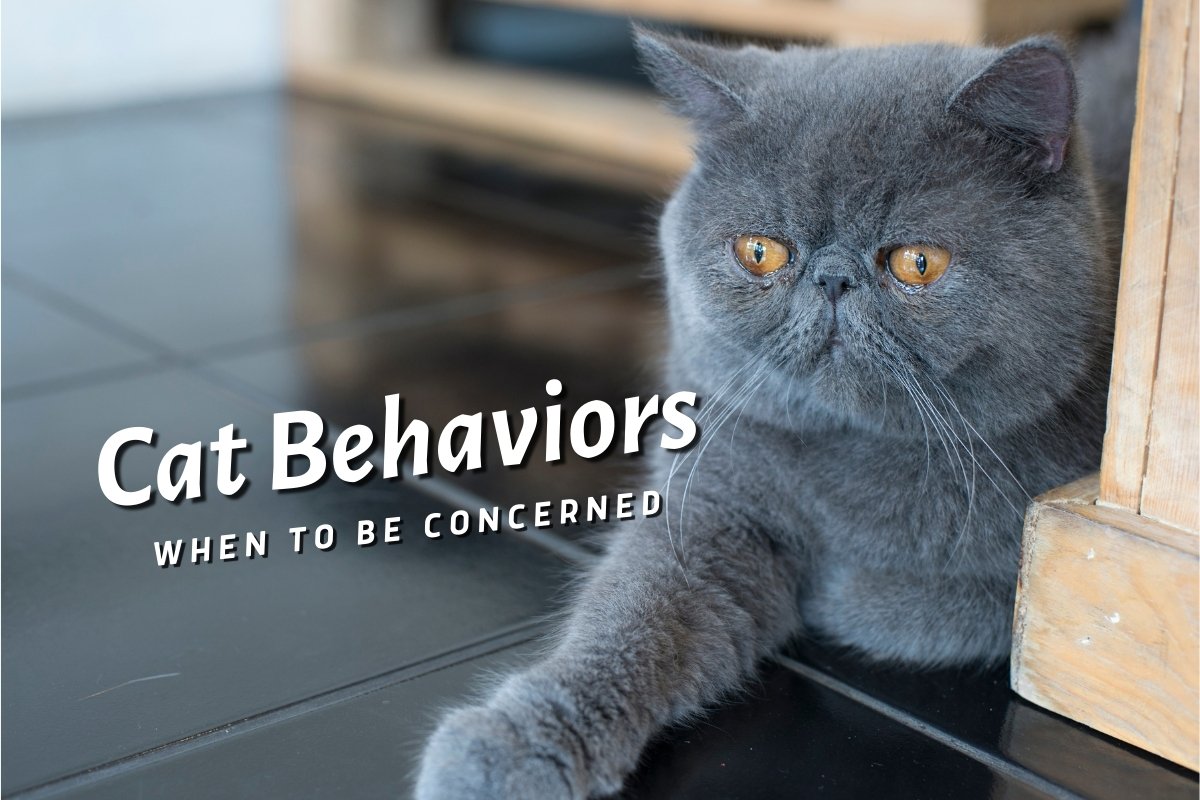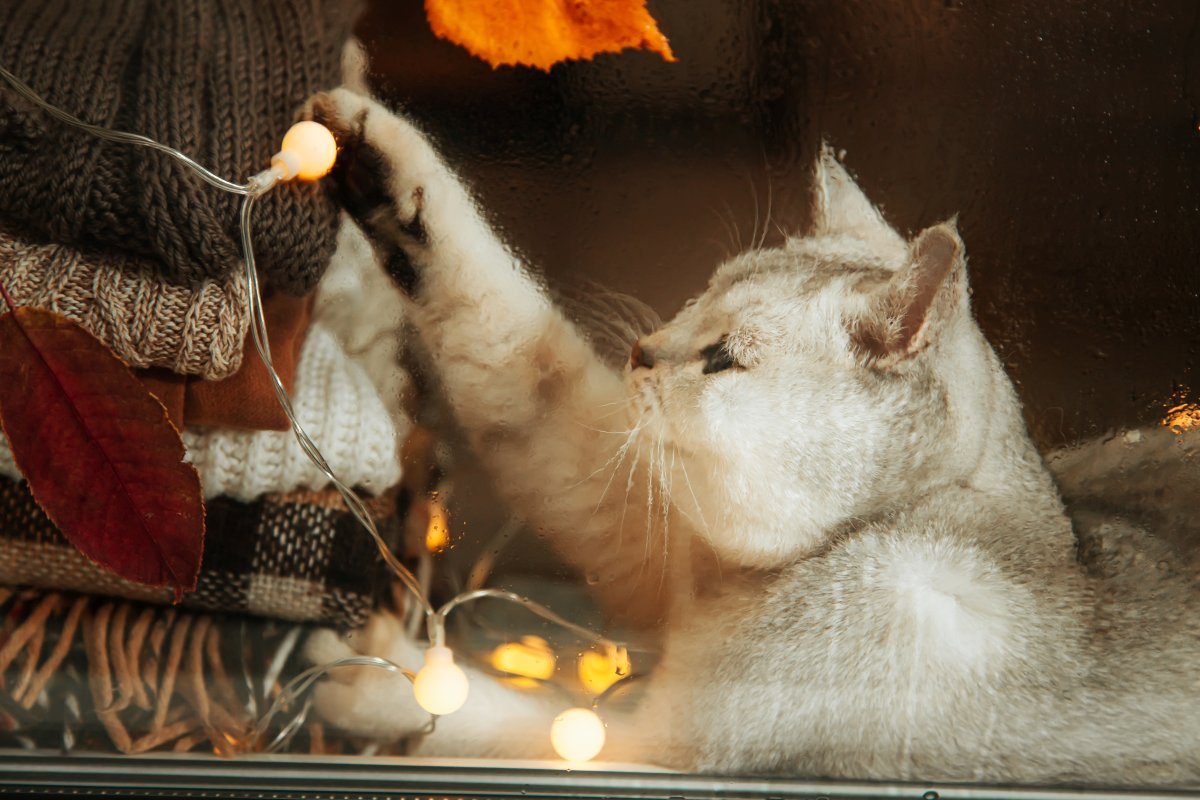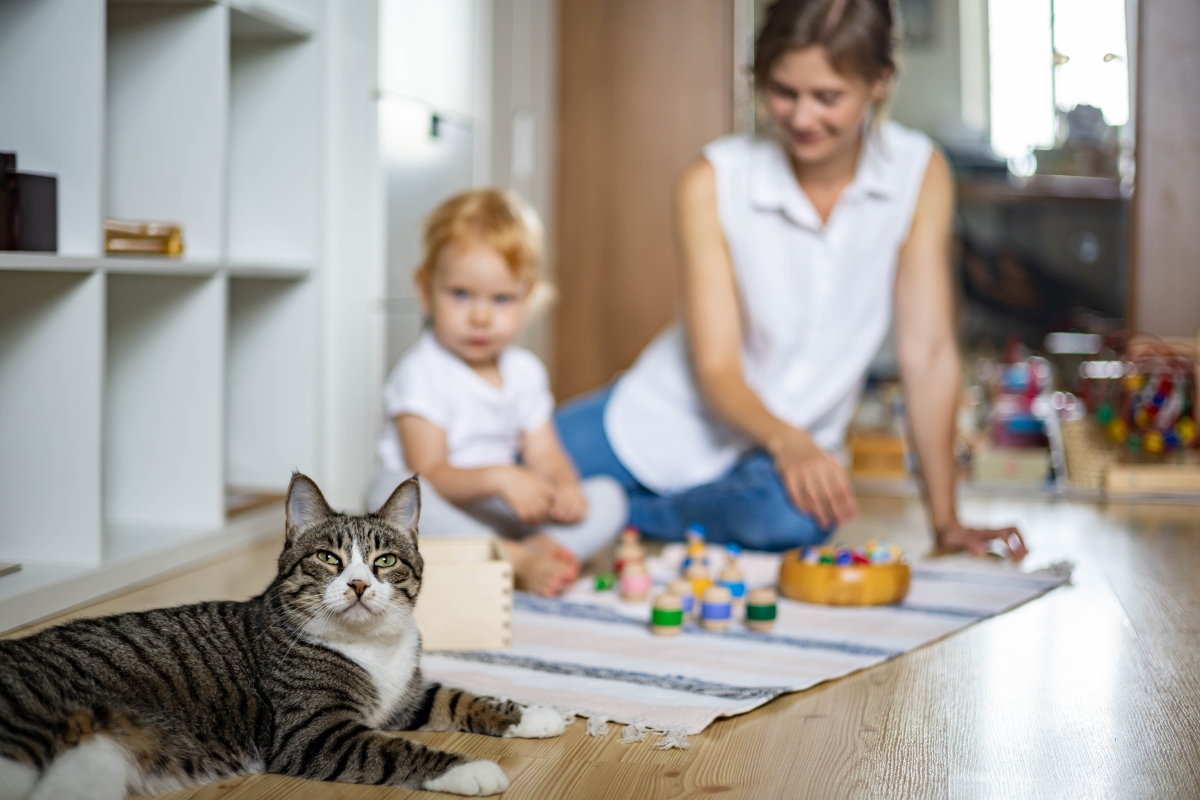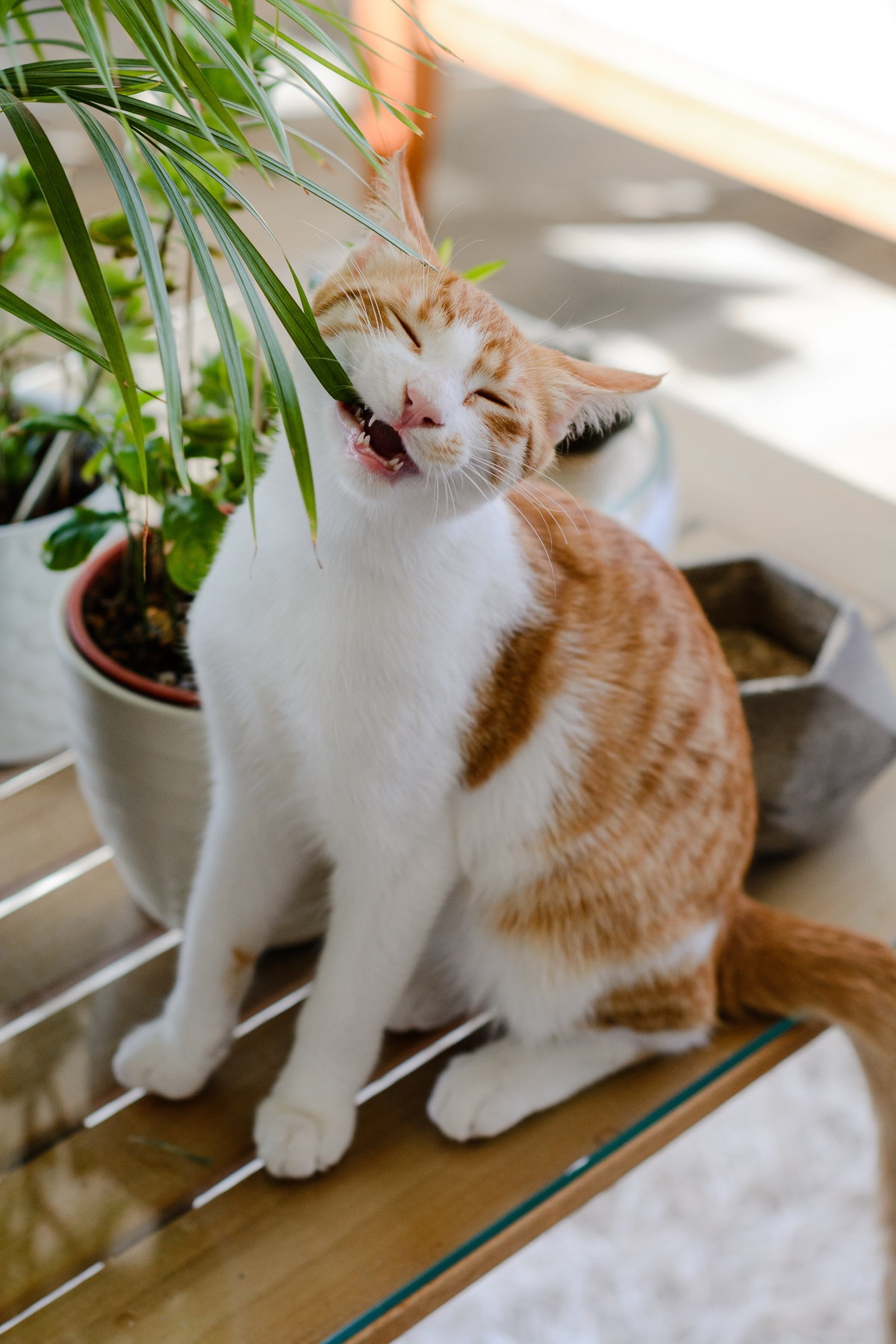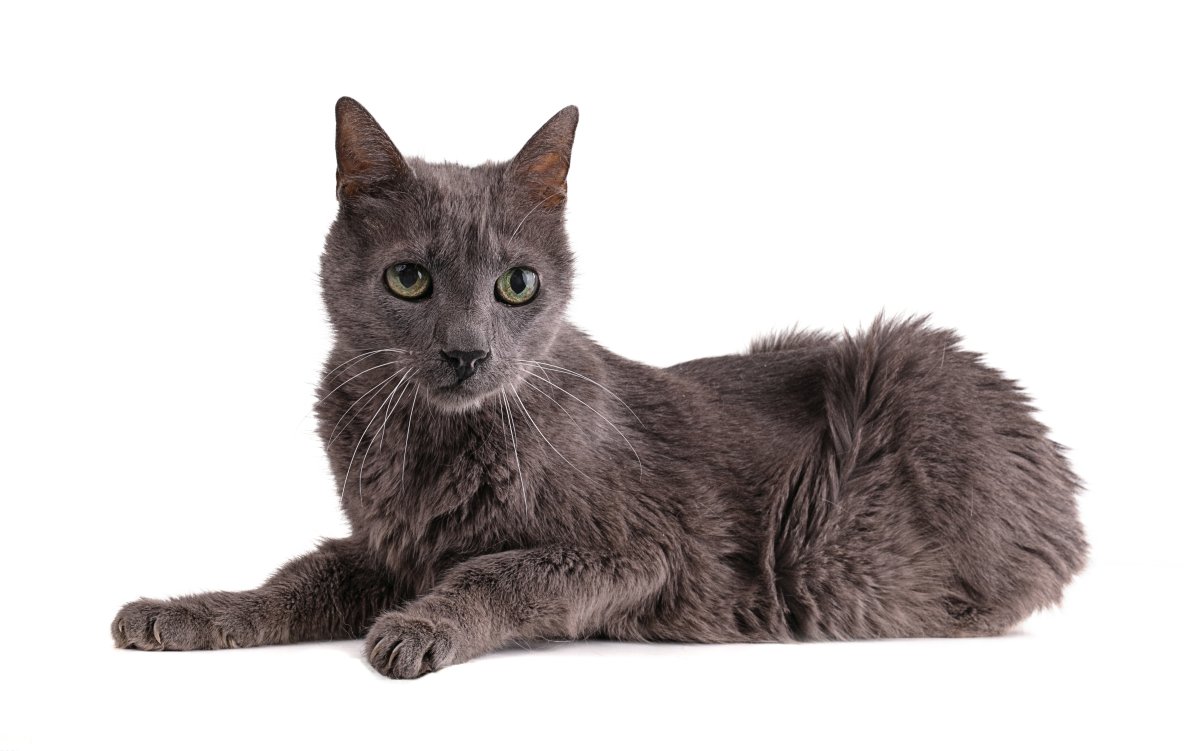Cats have highly distinct behaviors and hereditary features that many pet parents find difficult to comprehend. Although their behaviors can be hard to decipher, it is crucial to becoming acquainted with the most common cat behaviors you will encounter. This can help you understand your cat’s nonverbal cues and give insight into their physical wellbeing.
When to Be Concerned About Cat Behaviors
Any unexpected changes in your cat’s look or behavior should be addressed carefully, particularly if the behavior impacts her standard of living. Fearful behaviors such as biting, peeing outside the litter box, and hiding may suggest a psychological disorder such as stress.
Still, they may also indicate a medical problem requiring veterinarian care. Don’t wait for your cat’s condition to worsen. The earlier your cat obtains therapy for behavioral or health difficulties, the higher her possibility of returning to normal. When in question about your cat’s wellbeing, always contact your veterinarian.
Changes in Cat Behaviors to Watch For
Your cat may display abnormal or odd behaviors when disturbed or if anything is amiss. They are usually easy to notice. These cat behaviors, which can include any of the following, are essential for understanding your cat:
Increased Vocalization
Significant changes in the intensity, loudness, or features of the cat’s vocalization could signify an existing ailment such as asthma or a respiratory infection.
- Cat’s meowing loudly may suggest hearing damage, bewilderment, or a sense of disorientation.
- Prolonged vocalization may indicate agony, distress, or anxiety.
- Grieving cats may begin crying and vocalizing as they seek a lost mate or member of the family.
There are numerous causes for rapid changes in a cat’s vocalizations. Hence the owner must seek vet help as soon as possible to determine whether medical or behavioral issues cause the increased vocalizations and receive the required therapy.
Eating Non-Edible Items
Does your cat like to bite on non-edible materials like fabric, inedible plants, or wire? This type of eating could be a symptom of pica, a rare illness in felines. The cause is frequently uncertain; nevertheless, some hypothesized explanations include nutritional shortages, anemia, thyroid, heredity, restlessness, and anxiety.
If your cat is exhibiting pica characteristics, it is time to undergo a thorough assessment by a veterinarian to figure out any deeper causes.
Sniffing
Cats depend significantly on their keen ability to smell to alert them about meals, predators, and their immediate environment. When a cat sniffs you, she’s merely attempting to memorize your fragrance. It aids in developing comfort and intimacy, so allow your cat to sniff freely.
Sudden Hiding
Cats have evolved to hibernate when they are unwell for safety. They can’t support themselves against attackers if they’re feeble, so they hide to be safe for longer. Hiding could indicate that your cat is in discomfort, has an undiscovered chronic ailment, or is stressed or anxious. Your veterinarian can assist you in figuring out what’s wrong.
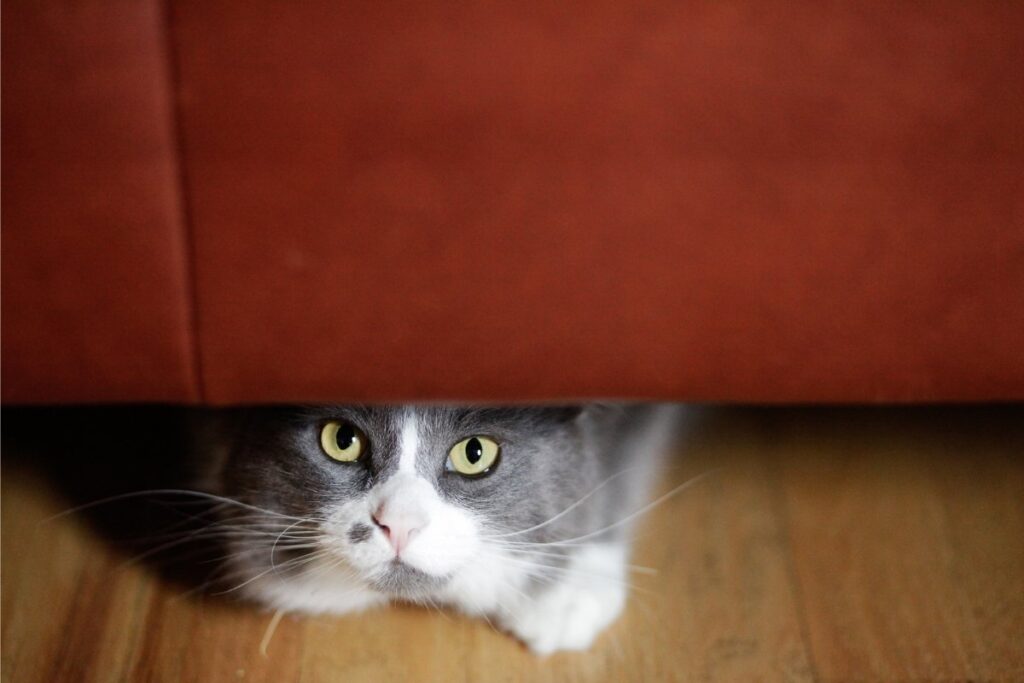
Litter Box Problems
If your cat has started excreting or urinating in areas outside her litter box, it’s vital to understand that she is not doing so to cause you harm. This cat behavior is frequently a symptom of a behavioral or physical problem, so understand how to identify your cat.
It could indicate various medical issues, including diabetes, renal, liver, or urinary disorders. A visit to the vet may be necessary if you do not understand your cat and there is no accurate description of your cat’s strange litter box activity.
Possessive and Territorial Behavior
Another problem with most cats’ behavior is their need to be dominant. Most cats are developed with the potential to detect the terror or subservience of another cat. Thus cats fighting is sometimes inevitable; some cats may attack other cats to maintain dominance and control.
This cat behavior feature is related to most cats’ innate envy. Some cats even use their odors to identify their territory. This cat species seeks to be the center of constant attention and will intimidate other pets to get everything.
Aggressive Behavior
A hostile cat can be a hazard in the home, causing harsh abrasions or cuts that can cause infection or illness. When cats are terrified or feel in danger, they respond violently against humans.
When a cat is hurt or needs proper help, it can typically act violently. Whether your cat is acting viciously, you should take her to a veterinarian to see if there is a medical reason for the hostility.
If there is no health condition, you should think about ways to socialize with your cat more. While each cat’s temperament and demeanor may vary, cat behavior professionals and training can help you and your cat makes behavioral improvements.
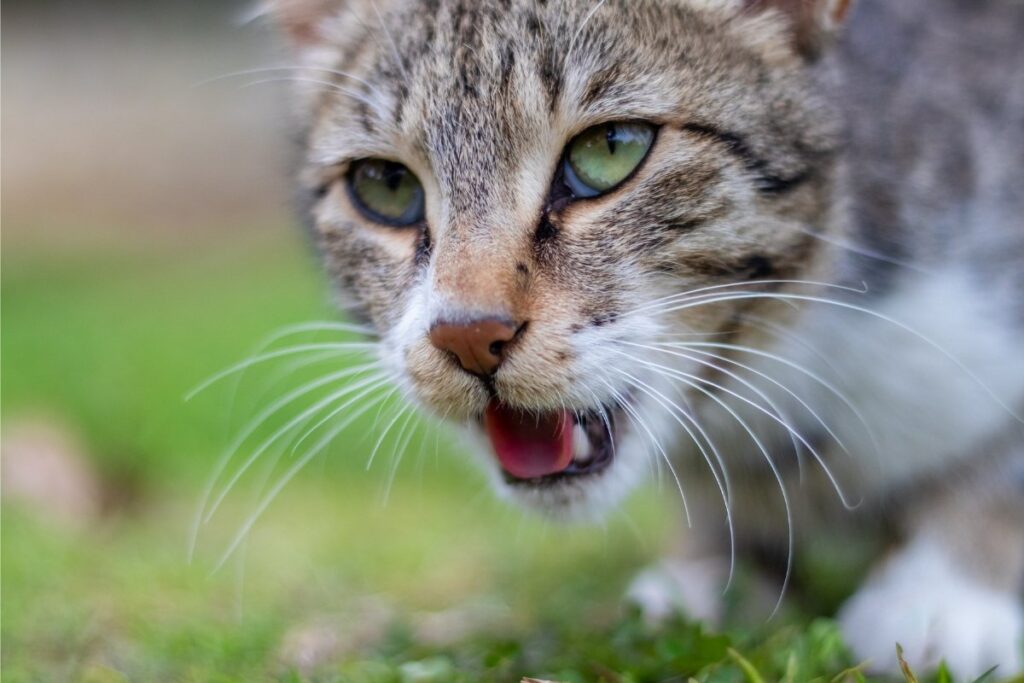
How to Deal with Kitty’s Bad Behaviors
When you see your cat misbehaving, instead of becoming concerned, watch and study your cat’s behavior to discover if the issue is something that you can manage or improve. When coping with your cat’s undesirable behavior, try the following suggestions.
- If your cat’s behavior changes, it may indicate that she is nervous, terrified, or sick – and you must contact your veterinarian immediately.
- Introduce your cat to a variety of situations.
- Keep the litter box very clean.
- Misbehaving cats may simply be displaying natural cat behavior.
- Never penalize your cat for its lousy behavior since it will not help but make it more stressed.
- Provide ample playtime for your cat.
- Teach your kitten to claw in suitable spots.
- Train your kitten on how to behave “nicely” and a few basic cues.
- You can assist in reducing undesirable behavior by first identifying the reasons for cat behaviors such as peeing, biting, and fighting and then attempting to cure the problem.
- You must accommodate your cat’s requirements, specifically their need to express normal behaviors.
All in all, it is a fact that cats make excellent companions and beautiful additions to any household. As cat parents, it is our responsibility to be gentle and enable a cat to act as normally as possible to ensure your and your cat’s happiness.
You can guarantee that your cat is well and comfortable in your home with a bit of care and the assistance of the tips provided.

